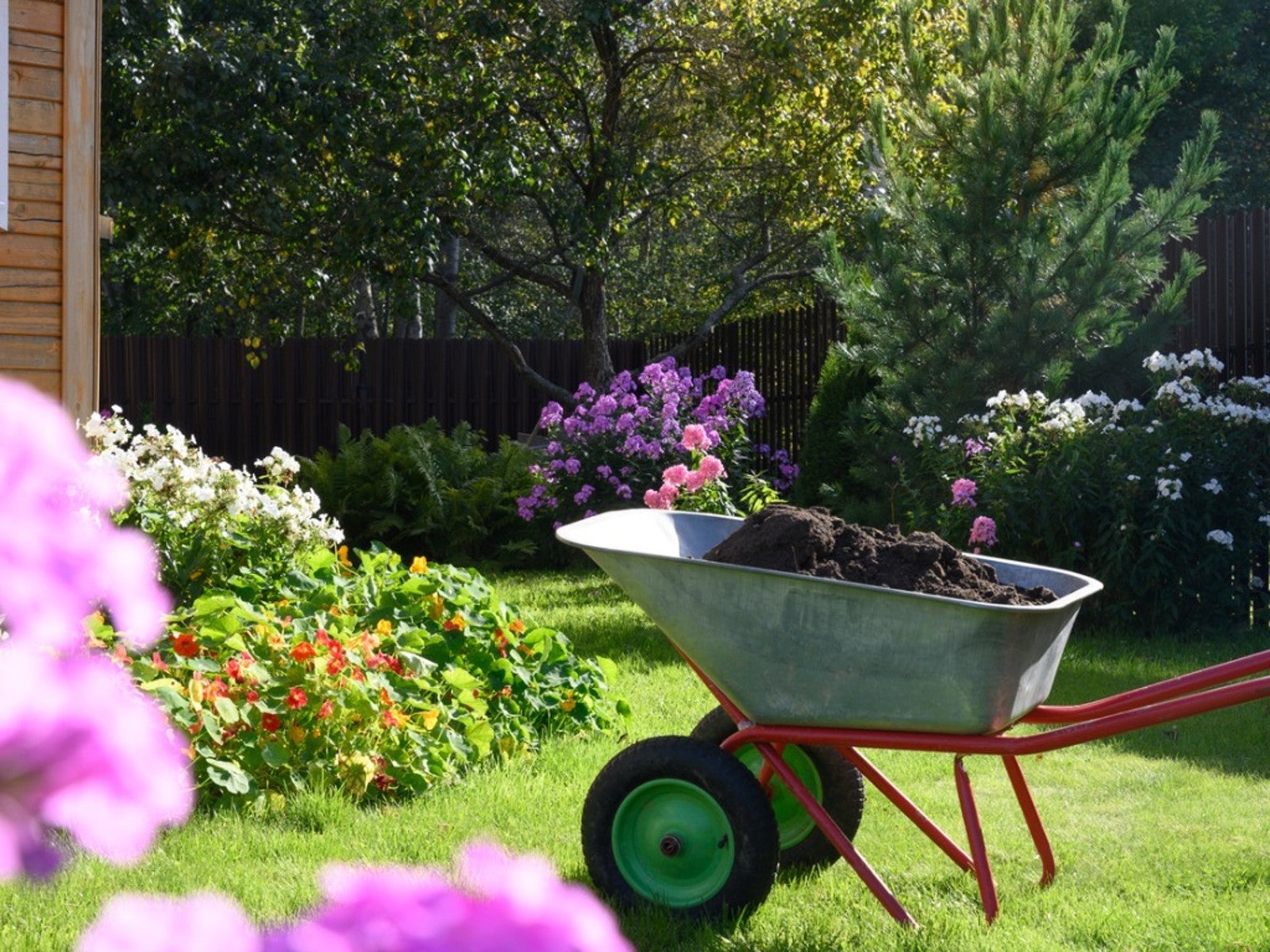How To Amend Soil Around Existing Plants


Knowing how to improve flower bed soil without starting from scratch is an important gardening skill. You can make any soil better by digging it all up and mixing in new materials or starting over with top quality dirt. This isn’t realistic in established gardens, but there are other solutions.
Start with a Soil Test
If you're trying to improve soil in established beds, you'll want to do as little as possible. Doing too much digging, tilling, or mixing can harm your plants and their roots.
Start with a soil test to find out exactly what it needs to be healthier. This allows you to apply only the amendments you truly need and eliminates disruptive trial-and-error actions.
Contact your county’s local extension office for information on soil testing, including instructions, pricing, and a timeline.
How to Improve Garden Bed Soil Around Plants
Understanding how to improve soil in established flower beds and perennial beds is important for protecting those established plants. Once you know what your soil needs through testing, you can apply targeted ingredients with minimum disruption.
Your solution might be as simple as applying a specific type of fertilizer, which you can do in liquid form without disrupting the soil. If your soil is generally poor, lacking in organic material, and too dense and compact, you’ll need to do a little more work to fix it. Try these solutions to avoid harming existing plants:
Top Dress Beds
One of the easiest ways to improve soil in a bed is through top dressing. This means adding an inch or two of compost to the surface of the soil. Do this each year, and it will break down and make its way down into the soil, adding nutrients and microorganisms, and loosening dense soil.
Sign up for the Gardening Know How newsletter today and receive a free copy of our e-book "How to Grow Delicious Tomatoes".
Add Organic Mulch
Similar to top dressing, adding an organic mulch helps hold nutrients and moisture in the soil. It will break down more slowly than compost, but eventually adds more nutrients and microorganisms to enrich the area around the plants.
Grow Cover Crops
More often used in agriculture, cover crops can also enrich the soil in established garden beds. Seed around established plants in fall and let the cover crops grow through the winter. Gently turn them into the soil in spring where they will break down and enrich it.
How to Amend Clay Soil Without Tilling
Clay soil is particularly difficult to amend. Soils high in clay are problematic because they aren’t very permeable. Drainage is poor in clay soils, which can lead to root rot and similar issues. Clay also makes it difficult for roots to get oxygen.
Ideally, clay soil is amended by digging deep to mix in peat, compost, perlite, and other materials that make it more permeable and porous. Tilling is the most effective way to do this, but it might not be possible if you are working around existing plants.
The good news is that if you already have plants growing in clayey soil, the situation isn’t dire. Plant roots break up hard clay, making it easier to dig around them and add amendments. Gently add compost using hand tools to break up the soil.
You can also try liquid aeration and core aeration, which are helpful in reducing compaction in soils. It’s not an ideal solution, but it can help you break up soil, making it easier to add some compost. Just be careful when applying these as you work around the roots of existing plants.
Amending soil for perennial gardens can be difficult. It’s best to perfect the soil before putting plants in the ground, but this isn’t always possible. Keep working at it with small measures each year, and eventually you will have richer, better soil and happier plants.

Mary Ellen Ellis has been gardening for over 20 years. With degrees in Chemistry and Biology, Mary Ellen's specialties are flowers, native plants, and herbs.